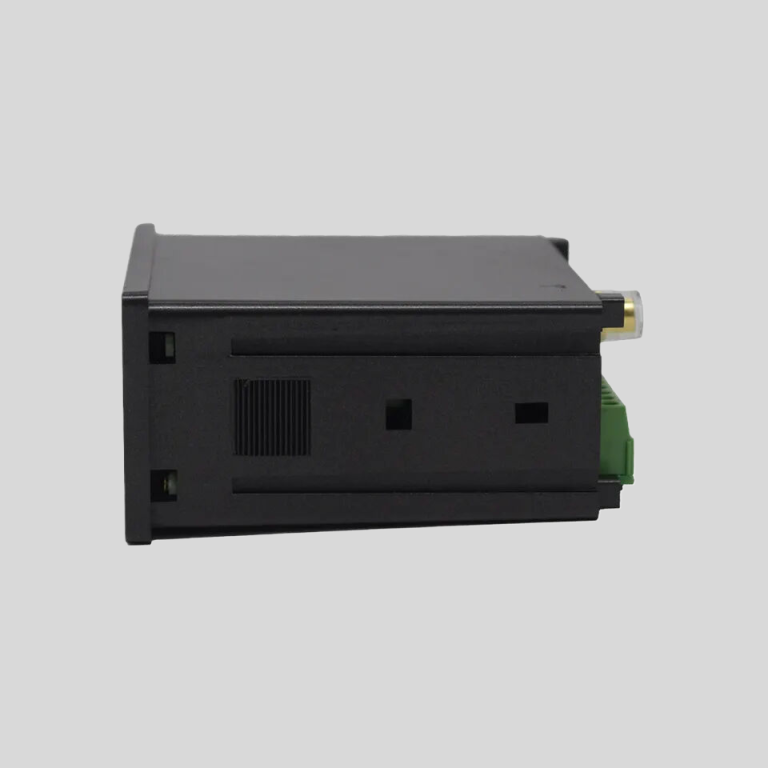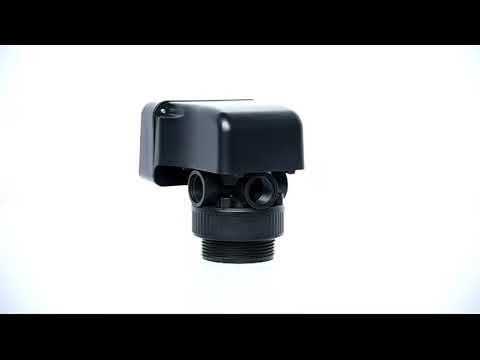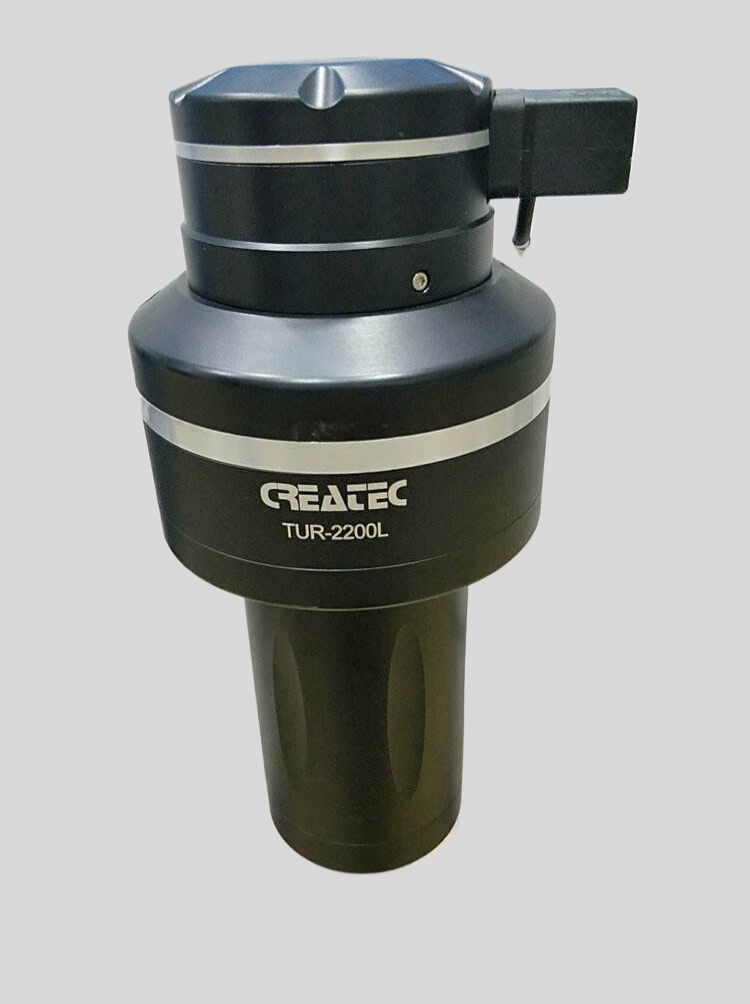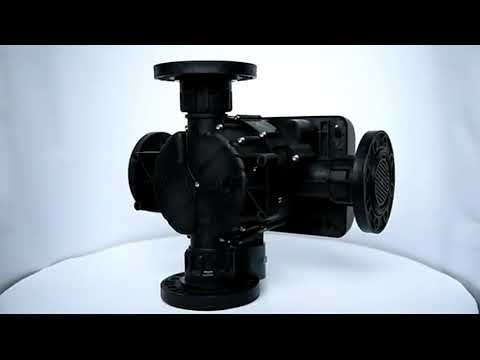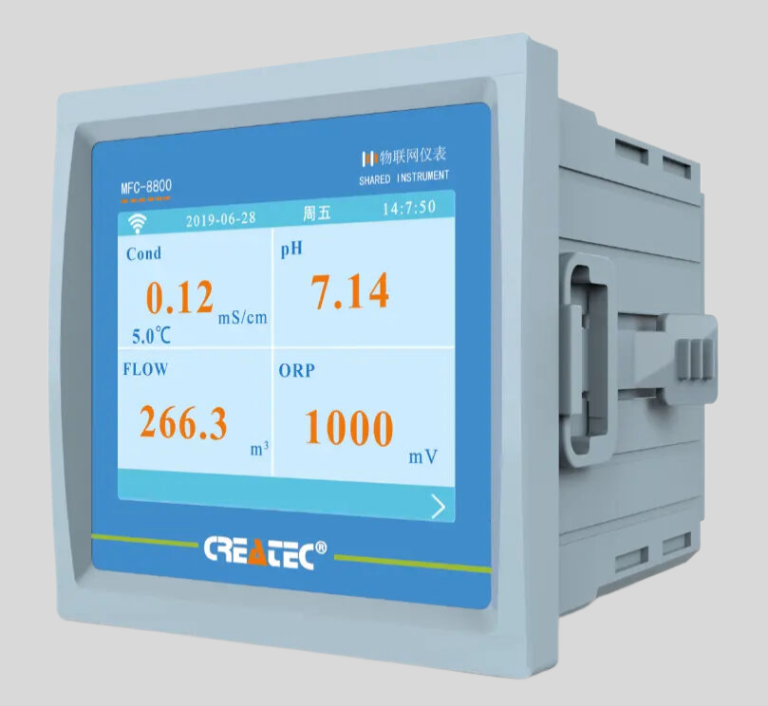“Efficiently diverting excess water flow for optimal softening performance.”
Benefits of Using a Bypass Valve on a Water Softener
Water softeners are essential appliances in many households, as they help to remove minerals such as calcium and magnesium from hard water. These minerals can cause a variety of issues, including scale buildup in pipes and appliances, as well as dry skin and dull hair. One important component of a water softener is the bypass valve, which serves a crucial function in the operation of the system.
The bypass valve on a water softener is a simple yet important feature that allows water to be diverted around the softening resin bed. This can be useful in a number of situations, such as when the softener needs to be serviced or repaired. By using the bypass valve, water can continue to flow through the plumbing system without being softened, ensuring that there is no interruption in the supply of water to the household.
Another benefit of having a bypass valve on a water softener is that it allows for easy maintenance of the system. Over time, the resin bed in a water softener can become fouled with minerals and other impurities, reducing its effectiveness. By using the bypass valve, the softener can be isolated from the plumbing system, making it easier to clean and maintain the resin bed. This can help to prolong the life of the water softener and ensure that it continues to operate efficiently.
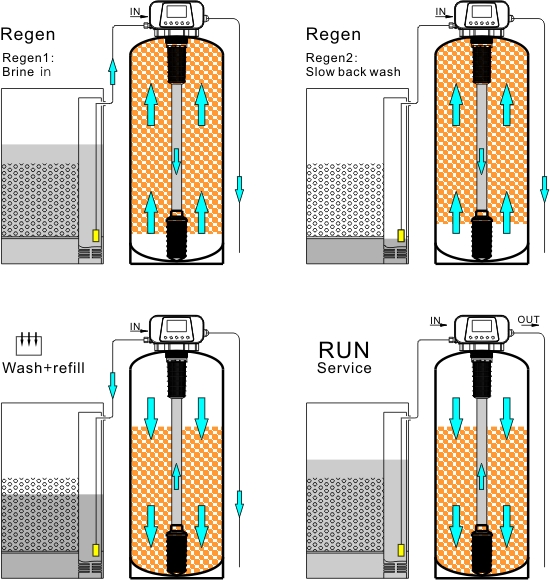
In addition to facilitating maintenance, the bypass valve on a water softener can also be useful in situations where softened water is not desired. For example, some people prefer to have hard water for drinking and cooking, as it can enhance the flavor of certain foods. By using the bypass valve, it is possible to bypass the softening resin bed and access untreated water for these purposes. This flexibility allows homeowners to customize their water treatment system to suit their individual preferences.
| Model | Valve Material | Inlet/Outlet | Continuous (0.1Mpa drop) | Peak (0.175Mpa drop) | Cv** | Maximum Backwash (0.175Mpa drop) | Distributor Pilot | Drain Line | Brine Line | Mounting Base | Height (from top of the tank) |
| CM39 | Unleaded brass | 3″ | 56.81m³/h | 73.86m³/h | 65 | 100gpm | 3″ | 2″(male) | 3/4″(male) | 6″-8UN or FLG | 15″ |
Furthermore, the bypass valve on a water softener can be a valuable tool in emergency situations. If the softener malfunctions or there is a problem with the plumbing system, the bypass valve can be used to quickly restore the flow of water to the household. This can be particularly important in situations where access to water is essential, such as during a natural disaster or other emergency.
Overall, the bypass valve on a water softener serves a variety of important functions that can benefit homeowners in a number of ways. From facilitating maintenance and repairs to providing flexibility in water treatment options, the bypass valve is a valuable feature that can help to ensure the continued operation of a water softening system. By understanding the purpose and benefits of the bypass valve, homeowners can make the most of their water softener and enjoy the many advantages of having softened water in their home.

